Have you heard of artesunate, and if so, what do you think of it? I’ve heard it’s up to 4x more active in the body than artemisinin. (I dont suspect you can get it in the states though…at least to my knowledge) Thanks!
Artesunate is a pharmaceutical derivative of a constituent of Artemisia annua. It is unstable and is only available as injections as artesunic acid. This must be prepared just before use. I am having growing concerns about artemisinin and its use in lyme infection and this would apply as well to artesunate.
Both should only be used short term, however many people are using artemisinin long term and even short term many people are reporting unpleasant side effects. I am beginning to recommend the use of cryptolepis more often, especially if artemisinin does not work after a short course use. Cryptolepis tincture is available from Woodland Essence (315.845.1515) in Cold Brook, New York.




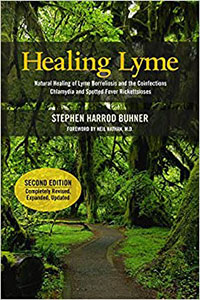
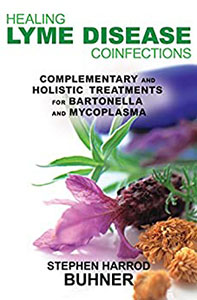
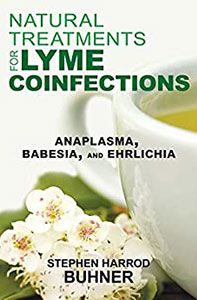
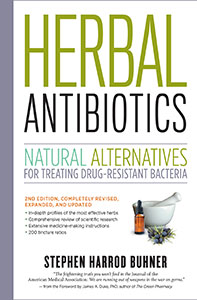
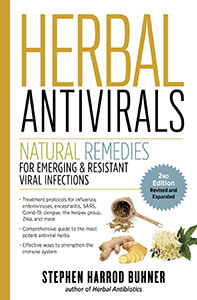
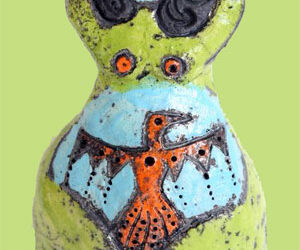


0 Comments